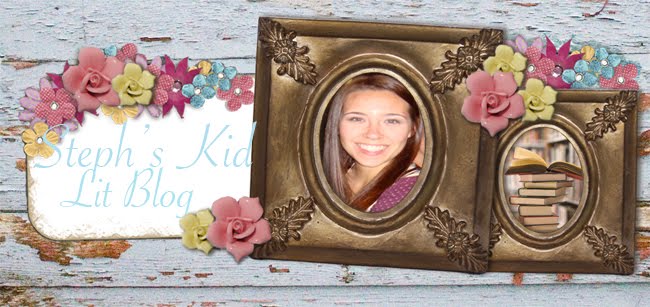I think it is interesting to note that for the first showing of the play of Peter Pan, J.M. Barrie invited children from an orphanage to come view the play. He spread their seats out in the theatre so that they were mixed in with adults. The movie, Finding Neverland depicts this scene, and it becomes clear that the adults were only able to laugh at Nana when they saw the play through the children's eyes. Having the children there helps to remind the adults what it is like to be a child and also helps them to know how a child sees things. Here is a link to a (rather long) clip from the movie that shows this scene.
http://www.youtube.com/watch?v=mR_nJAHVq-U&feature=related
After hearing Shawn and Mary's commentary on the novel, I feel like the same might be true for the novel as the play. A child's perspective is needed because an adult will not be able to fully understand the story of Peter Pan without the help of a child. If just an adult were looking at this text, he might see Peter as a brat or a troublemaker, whereas a child would see him as a heroic adventurer who is everything they wish they could be. Adults have to rely on the innocence and imagination of children to understand this story. Barrie could be using this technique to make adults realize that there are some parts of childhood that they should not let go of.
After hearing Shawn and Mary's commentary on the novel, I feel like the same might be true for the novel as the play. A child's perspective is needed because an adult will not be able to fully understand the story of Peter Pan without the help of a child. If just an adult were looking at this text, he might see Peter as a brat or a troublemaker, whereas a child would see him as a heroic adventurer who is everything they wish they could be. Adults have to rely on the innocence and imagination of children to understand this story. Barrie could be using this technique to make adults realize that there are some parts of childhood that they should not let go of.



7 comments:
The fact that Barrie brought children in to the first showing of the play and spread them out among adults is a very interesting point. I also agree that getting the point-of-view of a child is very important in understanding aspects of the story that we might not think about. Also, I think sometimes we analyze and think too deeply about the texts we are reading and need to take a step back and look at the story in a more simple and innocent way. The fact that the children come into our class on a regular basis is evidence of this. If the point-of-view of a child is not important to an adults view of the story, then there would be no point in bringing the kids in to speak and give their opinions and views of the same novels we are reading.
I'm glad that you brought up information about the play and how Barrie wanted people to experience it; I hadn't heard that before and it is interesting. There certainly is value in seeing how children view children's literature, but I am also hesitant to rely to closely on a child's perspective because the authors are adults. Unless they were testing their material on a regular basis by getting feedback from children, it would be difficult for the authors to be writing entirely for the child reaction.
Great blog, Stephanie! I completely agree.. I think a child's analysis of Peter Pan can be a very different one from ours. Peter Pan is written about childhood, and a child's viewpoint is necessary in truly understanding the text.
The different perspectives that adults and children have on Peter is one of the most interesting topics when it comes to thinking about adults reading/re-reading books they once enjoyed as a child. As you said, the differences between an adult and child's perspectives can greatly differ. The immaturity and lack of difficult life experiences definitely lie at the center of the differing perspectives. While children enjoy their childhood and the joys it brings, it makes sense that Peter Pan, one perpetually living life as a child, seems ideal. However, as adults realize and understand that there is no stopping the essence of time and the fact that children will grow into adults, the thought of a somewhat 'heathen' child may be quite scary. Whether adults need children for this book or children need adults, the ability for the reader to form his/her own feelings about a character makes the novel, in some ways, timeless.
I completely agree. We can analyze til the cows come home, but the intention was to be a child's book. Like you said, Sean said that Peter was the ultimate kid. Maybe that's all he is?
Nice post! I definitely agree. I have to wonder when imagining Peter Pan as the ideal little boy...what would the ideal little girl have been in that time period??
I like your insight into the ways that a child's reading of Peter Pan may differ from an adult's reading! I think it raises some interesting questions about what changes between childhood and adulthood... and when exactly does that happen? I think that Barrie is definitely urging his audience to ask themselves what it was they gave up or displaced in themselves that caused them to forget what it was like to be a child. What is the contagious something that Barrie can see in the smile and sparkling eyes of an enchanted child that other adults so often overlook? I think it is interesting that Barrie showcased this unnamed quality (innocence?/shamelessness?) in his placing of the children among the adult viewers of his play. I liked viewing your clip!
Post a Comment